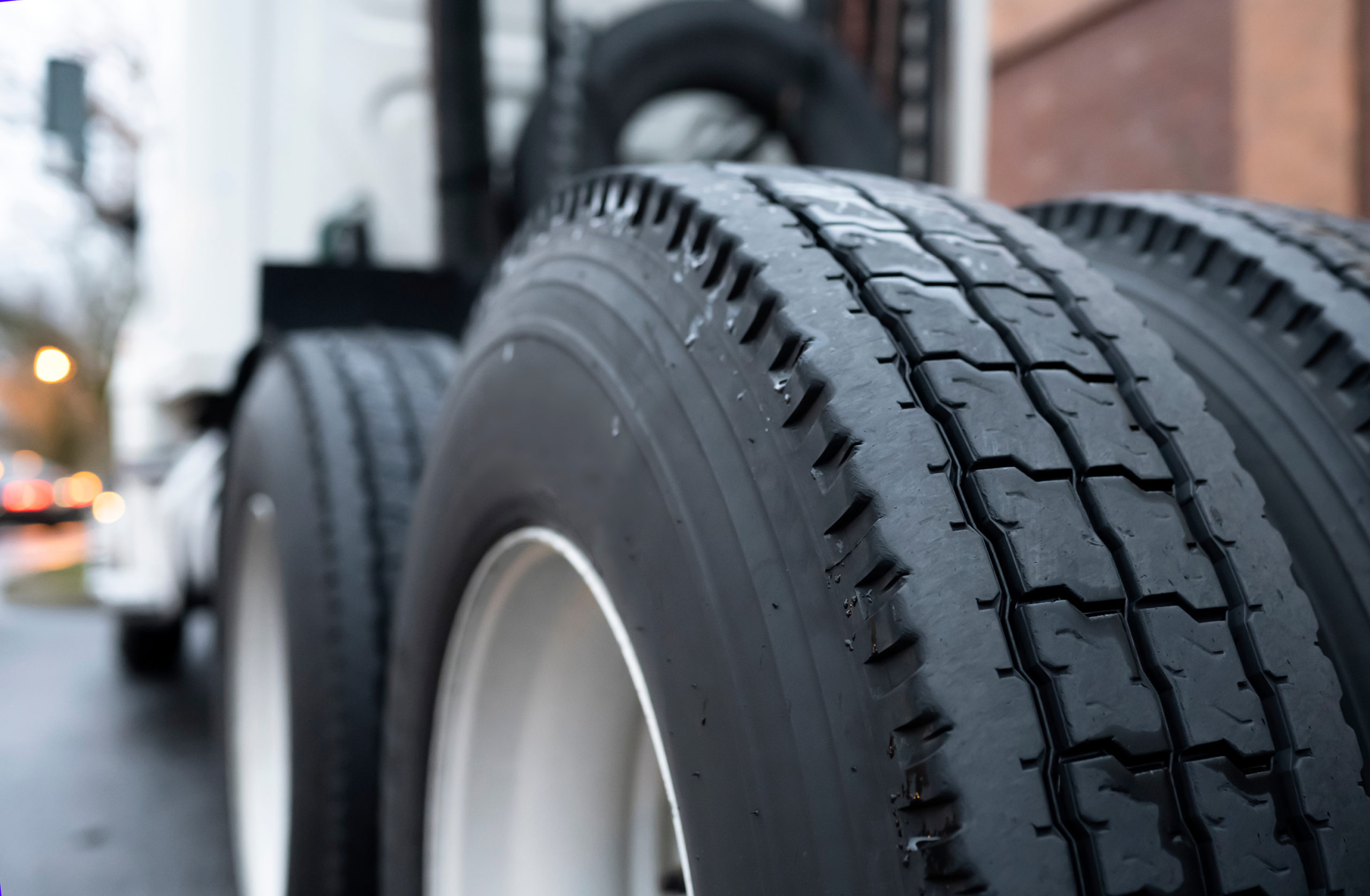Manufacturing tires has come a long way over the years, and modern technology has pushed innovation to the limit by blending chemistry, physics, and engineering to produce the most efficient and reliable tires to date.
The Production Process
The production process begins with the selection of the different compounds used to make up the tire. These materials typically include several types of rubber, oils, carbon black, pigments, antioxidants, silica, and other additives that give the tire its properties. The materials are mixed into a batch of gum-like material using special machinery. This gum-like material is then separated based on which part of the tire it will be used for, such as the sidewall, tread, inner liner, etc. One of the most important things to note during this mixing process is ensuring the mixture is consistent and has no abnormalities. This is why it is a computer-controlled activity to avoid errors during this process.
The Second Stage
In the second stage, the rubber components have now been prepared into the necessary components, such as the tread, inner liner, sidewall, and other materials prepared for the building process, such as steel and textile cords to reinforce the tire, along with the steel core to create the tire bead. All these semi-finished products are then run through special machinery, combining the materials in steps to produce the tire. At this point, although all the parts are in the correct position, the tire still needs to be vulcanized.
The Vulcanizing Process
The vulcanizing process turns this layered tire into one uniform piece by using special machinery to apply heat and pressure, making the rubber elastic and flexible. Any previous separation is now solidified. The tread design typically takes place during this process, as well as sidewall markings.
The last and final step is quality control. This step easily separates tier 1 tires from tier 2 or 3 tires. Ensuring that industry standards are met can create customer loyalty as well as vehicle safety. Typical quality control involves visual inspections, X-rays, and uniformity checks.
Source: https://www.continental-tires.com/products/b2c/tire-knowledge/tire-production/



